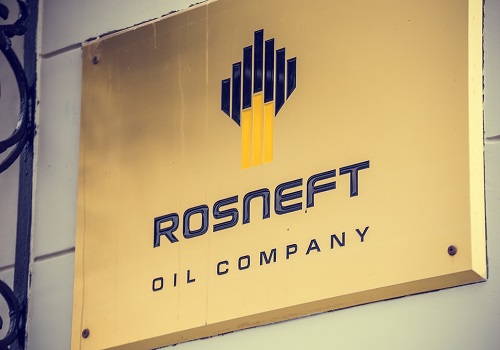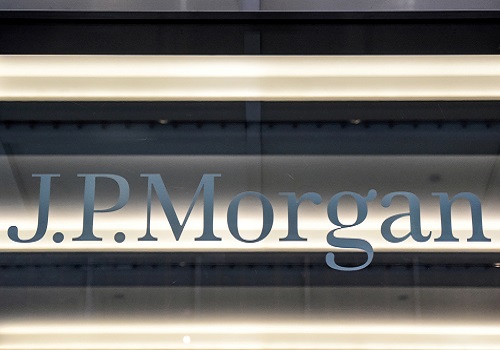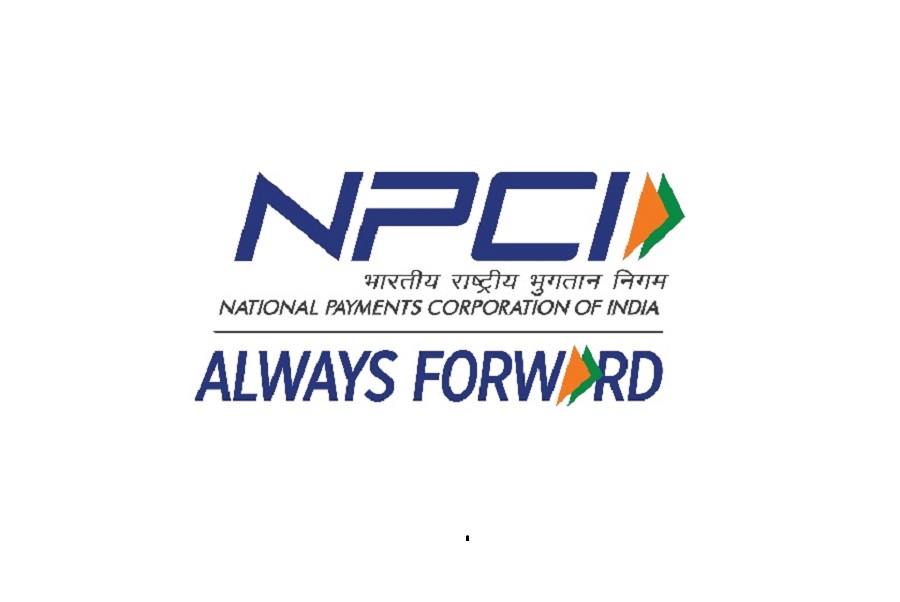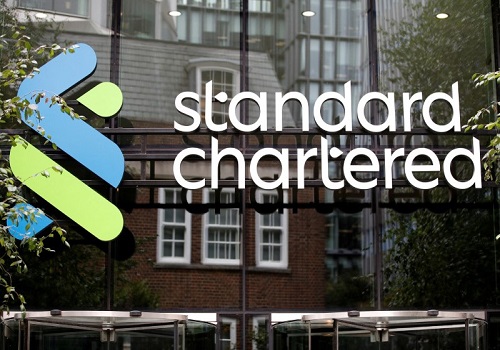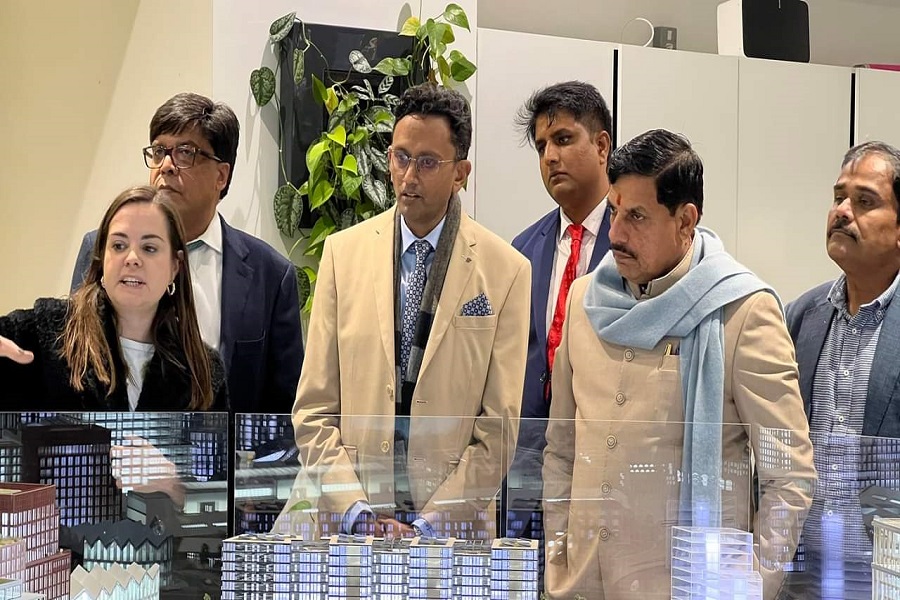About 400-460 mn sq ft of existing Grade A office stock hold investment potential for environmental recalibration
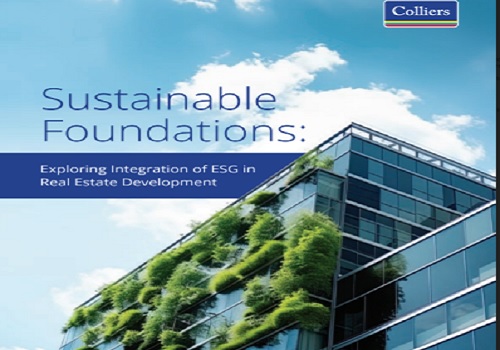
With growing adoption of sustainable elements led by multitude of tangible as well as intangible benefits, existing environmentally non-compliant office stock offers an opportunity to be either E-upgraded or retrofitted. The Colliers' report, titled "Sustainable Foundations: Exploring Integration of ESG in Real Estate Development” highlights the potential investment opportunity for developers, investors and occupiers arising out of this green facelift of existing office buildings to become compliant with environmental norms within the ESG framework.
At 432 mn sq ft, 61% of Grade A office stock is currently green certified. The growing adoption of sustainable features in office buildings indicate a steady shift in preference towards green real estate portfolios amongst developers, occupiers, and investors alike. Going ahead developers and investors are likely to increasingly conduct ESG Due Diligence throughout the project lifecycle - pre-construction, construction and operational phases. This in turn will increasingly ensure that built structures conform to ESG norms.
About 400-460 mn sq ft of existing office stock can be fully E-compliant in the next few years
Grade A office buildings (that are less than 10 years old) of about 95-110 mn sq ft hold potential to be E-compliant upon minimal capex towards E-upgrade. At the same time, about 300-350 mn sq ft of buildings which are more than 10-year-old, need a complete refurbishment; such buildings can undergo retrofitting and eventually become E-compliant. Cumulatively, for the ESG adept real estate ecosystem, existing Grade A office stock in India presents an investment potential of close to INR 400 bn.
Upcoming developments likely to accentuate the sustainability movement in commercial real estate
“Moreover, a significant portion of the 160-190 mn sq ft of upcoming commercial developments in next three years will become sustainable from the outset, ultimately increasing green certified Grade A office stock of the country to more than 550 mn sq ft by 2026, even without considering the green certification potential of existing non-green compliant buildings. Recognizing the pivotal role of sustainability in real estate, developers are strategically emphasizing on green certification processes. In an environment of increasing E-adoption, assessments, and compliances, almost three-fourths of India’s Grade A office stock will be green certified by 2030. Green and sustainable elements will soon become hygiene factors in the Indian office market” says Jatin Shah, Chief Technical Officer & MD, Technical Advisory Services, Colliers India.
E-upgrade of existing buildings results in net cashflow benefit of 3-4X for developers
The capital expenditure for E-upgrade of existing buildings (less than 10 years old) includes intervention and upgradation with respect to water flow, energy, cooling, electro-mechanical systems and uplifting interior fitouts. It is estimated to be approximately 5-10% of the construction cost. Consequently, tangible benefits include about 20-30% energy savings and 5-10% rental appreciation. Such perceptible benefits are expected to offset the initial investments within the first few years of investment.
“Typically, for E-upgrade of an existing commercial building, the capital expenditure has a break-even period of 2-3 years. Moreover, 3-4X net cashflow benefit over the remaining asset life is an indicative financial reward of such one-time expense. Beyond the quantifiable cost and energy savings, developers can also expect significant intangible benefits in social and environmental aspects. Furthermore, rental appreciation also enhances the overall asset value proposition of E-upgrade initiatives in commercial real estate sector.” says Vimal Nadar, Senior Director & Head of Research, Colliers India.
Above views are of the author and not of the website kindly read disclaimer













